Bell's palsy is palsy of the facial nerve. This nerve is the VII cranial nerve. It is in charge of facial movements and the enervation of the skin of the face as well as the enervation of glands such as the tear gland, parotid gland, submandibular, and other glands which produce saliva.
In Bell's palsy, the facial nerve is compressed or gets swollen, which results in facial muscle loosening on the affected side. According to Mayo Clinic in America, more than 40.000 people are affected every year. People from 15 to 60 years old may suffer from Bell's palsy, but it is most common in 40s. It may heal on its own.
However, patients should visit a doctor as treatment may accelerate the healing process. The symptoms may last up to a few weeks or several months. The disease may reoccur in 10 % of all cases. Some patients do not recover at all.

Bell's Palsy Causes
The precise cause of the condition has not been established yet. Some say that it can develop as a consequence of nerves affected by Vermicelli-zoster or Epstein-Barr viruses. Herpes simplex virus is known to lead to Bell's palsy. Other considers the possibility of environmental factor, metabolic disorders, and trauma as triggers of the disease. Tumors which compress the facial nerve and even bacterial infections can be responsible for facial palsy.
Risk Factors
Bell's Palsy Complications
Some long-term complications include excessive production of tears during laughter or even improper salivation. This condition may even lead to everlasting facial disfiguration. The loss of taste may be permanent.
The most severe complication is the formation of corneal ulcers and eye infections. This happens as eyelids cannot properly shut, and the tear production is reduced, hence the eyes stay dry and is exposed to dust particles.
So if Bell's palsy occurs, the patient has to have eyes covered during sleep and to use eye drops or ointments, which will be of major help in the prevention of ulcers. Additionally, a so-called crocodile tear syndrome may develop. People with crocodile tear syndrome produce tears while eating. This happens because the facial nerve did not regenerate properly and its branches which are in charge of tear and saliva production are mixed.
- We present a retrospective, observational study of all patients diagnosed with Bells’ palsy (BP) at the Central District of Clalit Health Services from 2003 through to 2012.
- BP is associated with several complications. We evaluated clinical characteristics including the number of patient visits to general physicians (GP), otolaryngologists, ophthalmologists and neurologists, medications prescribed in the acute phase of BP (steroids and antiviral agents), and the ophthalmic diagnoses.
- A total of 4463 patients with the diagnosis of BP were included. The incidence per 100,000/year was 87.0, and it increased with age. Patients had significantly more visits to all specialists at 6 months after the BP event.
- Steroid treatment was prescribed to 50.4% of the patients and antiviral agents to 65.5%. Both treatments were associated with older patient age and female sex.
- The rate of post BP lagophthalmos and keratitis was 3.45% and 0.63% at 1–3 months, respectively, and both were more likely to develop in older patients.
- Steroid and/or antiviral treatments were not associated with a decrease in ophthalmic complications.
Treatment
The therapy may include corticosteroids and antiviral drugs. Physical therapy is of major importance in reestablishing the nerve's function. Rarely a surgical procedure may be used to decompress the nerve.


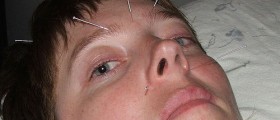
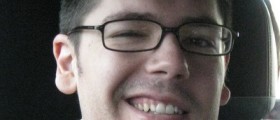





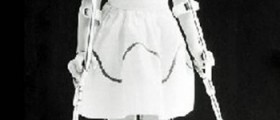


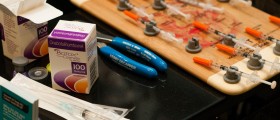
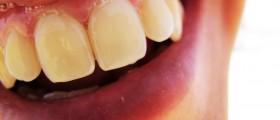

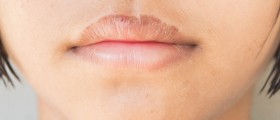

Your thoughts on this
Loading...